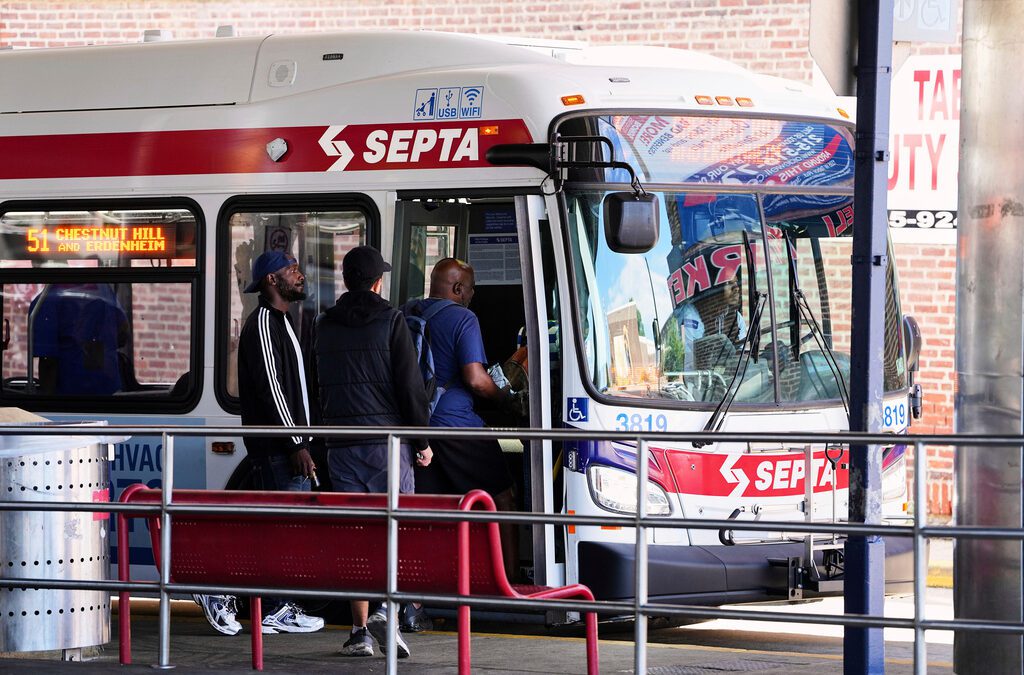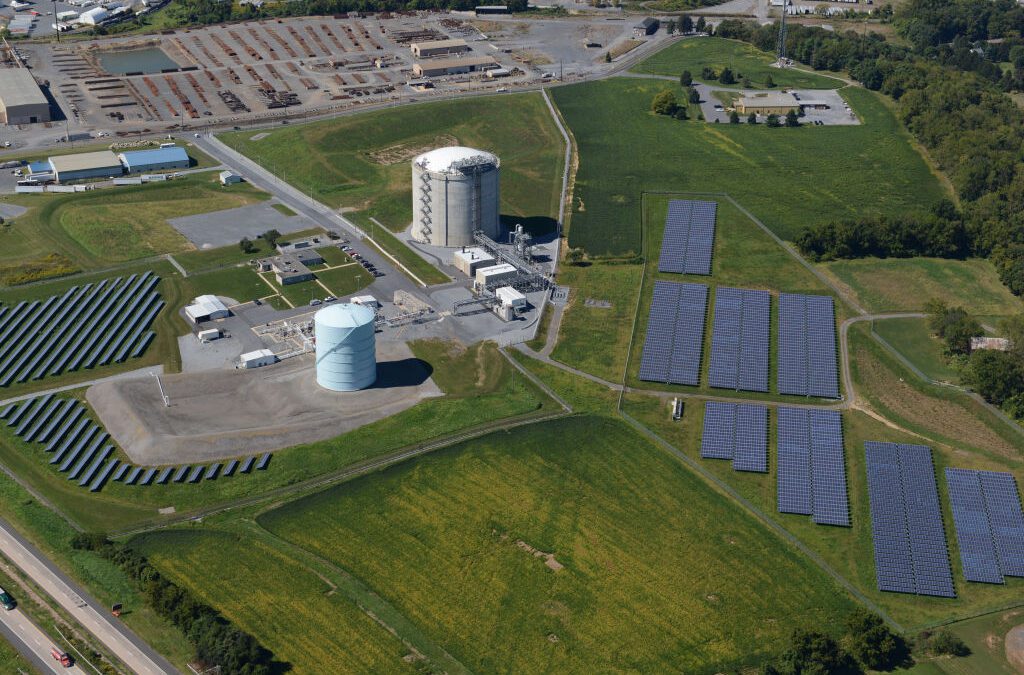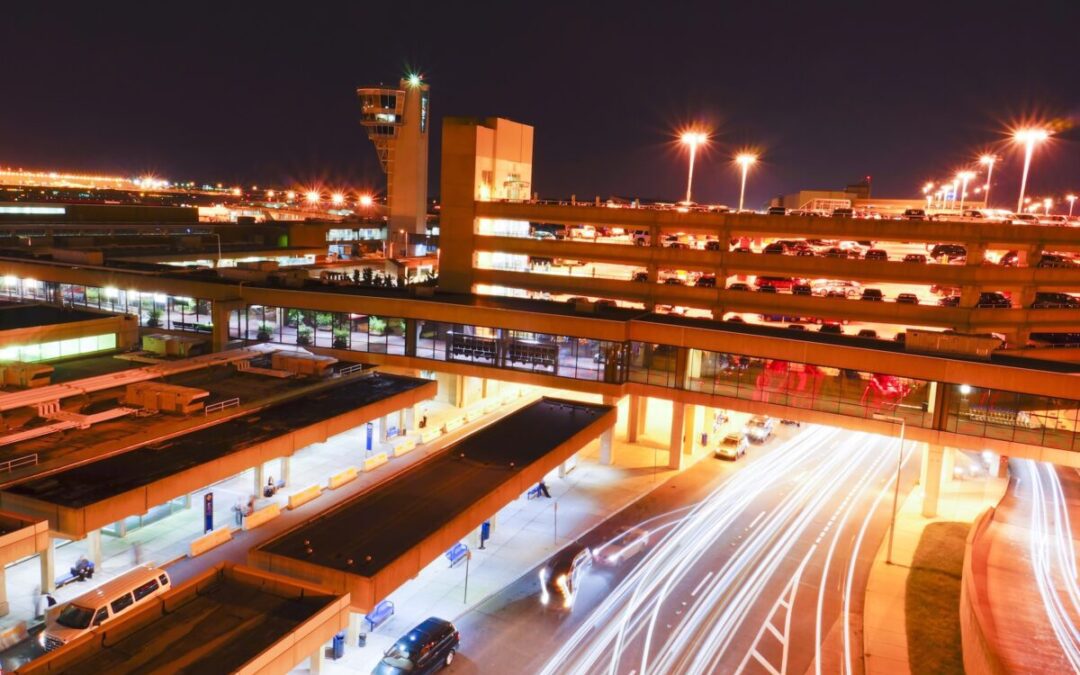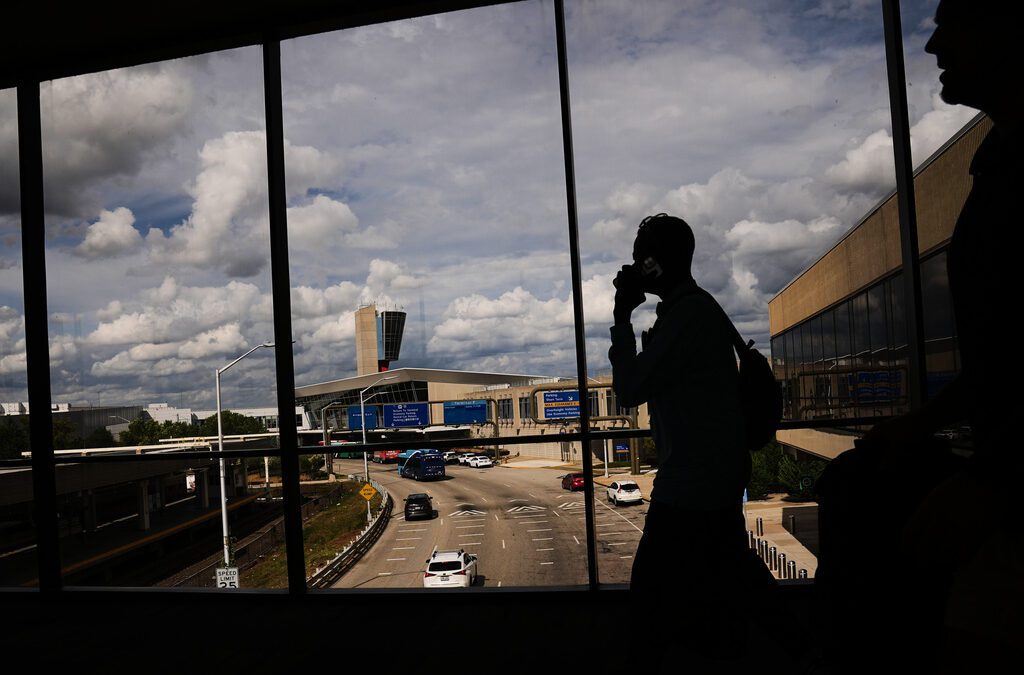
This funding’s aim is to help connect the estimated 8.5 million families and small businesses nationwide that still haven’t been able to access the full capabilities of modern technology. (Photo via Shutterstock)
It’s been said that high-speed internet is the electricity of the 21st century—with it, amazing things are possible, but without it, families and communities can miss out on crucial economic opportunities, experience worse educational outcomes, receive worse health care outcomes, and become increasingly isolated from the connected world.
And yet, today, in 2023, hundreds of thousands of Pennsylvanians and tens of millions of Americans lack access to high-speed internet.
On Monday, the Biden administration took significant steps to connect many of those individuals, announcing more than $42 billion in funding to expand internet access across the United States with the goal of connecting 8.5 million families and small businesses to high-speed internet.
The funds come from President Biden’s Infrastructure Law, which passed in bipartisan fashion in 2021. Pennsylvania is set to receive $1.2 billion through this investment.
The funding effort is part of the White House’s larger goal of ensuring that fast and reliable broadband internet will be accessible to all corners of the country by 2030.
Speaking at the White House on Monday, Biden himself compared this latest investment to the federal government’s work to electrify America’s heartland in the 1930s, when nearly 90% of farms had no electric power due to high costs and “prohibitive terrain.”
Biden said that rural communities now suffer from a similar disparity: “the digital divide.” This is the gap between those that have high-speed internet access and those that do not. Nationwide, new federal estimates indicate that roughly 7% of the United States does not have broadband access that meets the government’s minimum standards.
The true rate may be even higher, however, as it is notoriously difficult to identify communities, individuals, and businesses that lack access to broadband.
The federal government has spent tens of billions of dollars over the years to expand broadband, but the effort gained new steam during the COVID-19 pandemic, which showed us just how vital the internet is for Americans’ daily lives–to boost small business, to get virtual medical care, to contact coworkers and family members, and to have groceries delivered, among other things.
“It’s the biggest investment in high-speed internet ever, because for today’s economy to work for everyone, internet access is just as important as electricity or water or other basic services,” Biden said.
The $42.5 billion is being funded via the Broadband Equity Access and Deployment Program, known as BEAD, which was created as part of the infrastructure law.
States will be tasked with devising blueprints for how exactly to connect the citizens in their respective areas. The White House states that if any funds are left over, they are to be used for improving internet connectivity for those with slower access. The amount of money allocated to each state was determined by the total number of unserved homes, businesses, and other locations within each state.
“Nowadays, reliable, broadband internet access is almost as fundamental as electricity or running water. We can’t let our rural and other underserved communities get left behind due to lack of broadband access,” Pennsylvania Sen. John Fetterman said of the funding in a statement. “This funding is a big deal and will help deliver more broadband for all people, in rural and urban areas, so that everyone has equitable access to stable high-speed internet at home.”

Gov. Shapiro sends nearly $220 million to SEPTA as agency complies with federal safety orders
After a months-long state budget impasse that resulted in no new recurring funding for mass transit agencies, Gov. Josh Shapiro announced Monday...

US Senate advances bill to end record-breaking government shutdown
Pennsylvania Senator John Fetterman was one of seven Democrats who voted in favor of the measure. WASHINGTON — Seven U.S. Senate Democrats and one...

Pennsylvania ramps up clean energy initiatives with Eos facility investment
While Pennsylvania trails behind some states in energy efficiency, new investments and financial incentives could indicate a shift toward...

FAA limits flights at Pennsylvania’s biggest airport
Other major airports used by Pennsylvanians in nearby states also restricted. Airlines serving three major airports frequented by Pennsylvanians...

What to do if your flight is delayed or canceled during the US government shutdown
The U.S. government shutdown has now dragged on for over a month, and shortages of air traffic controllers are straining operations — with flight...




